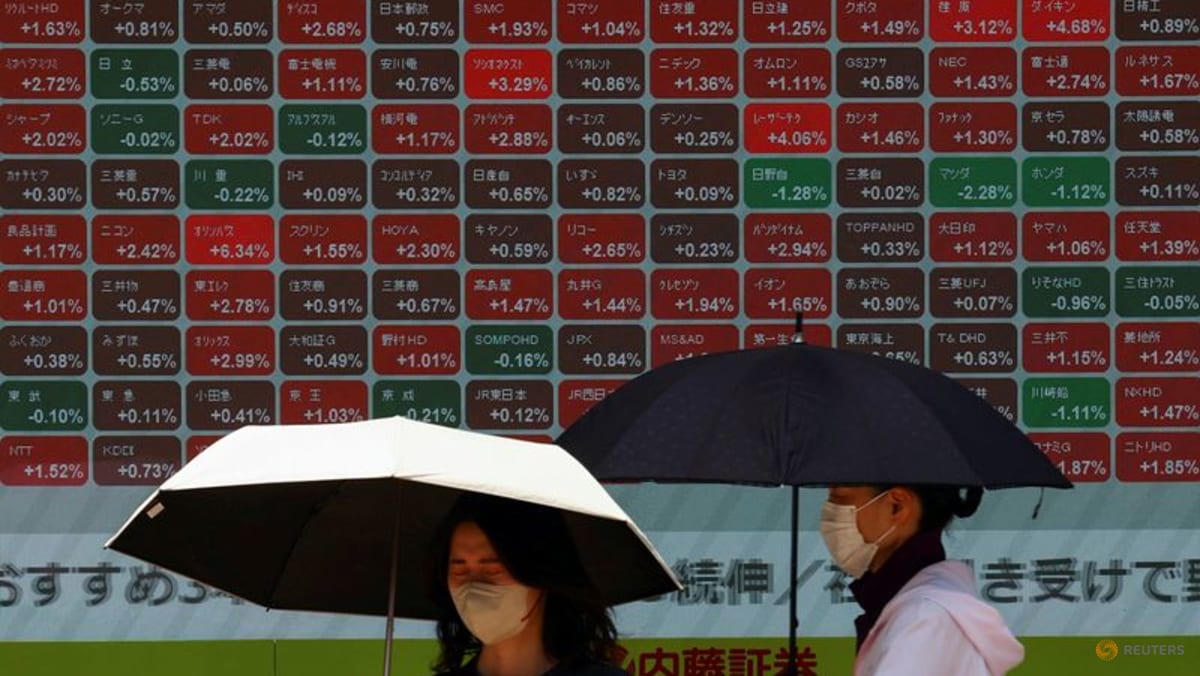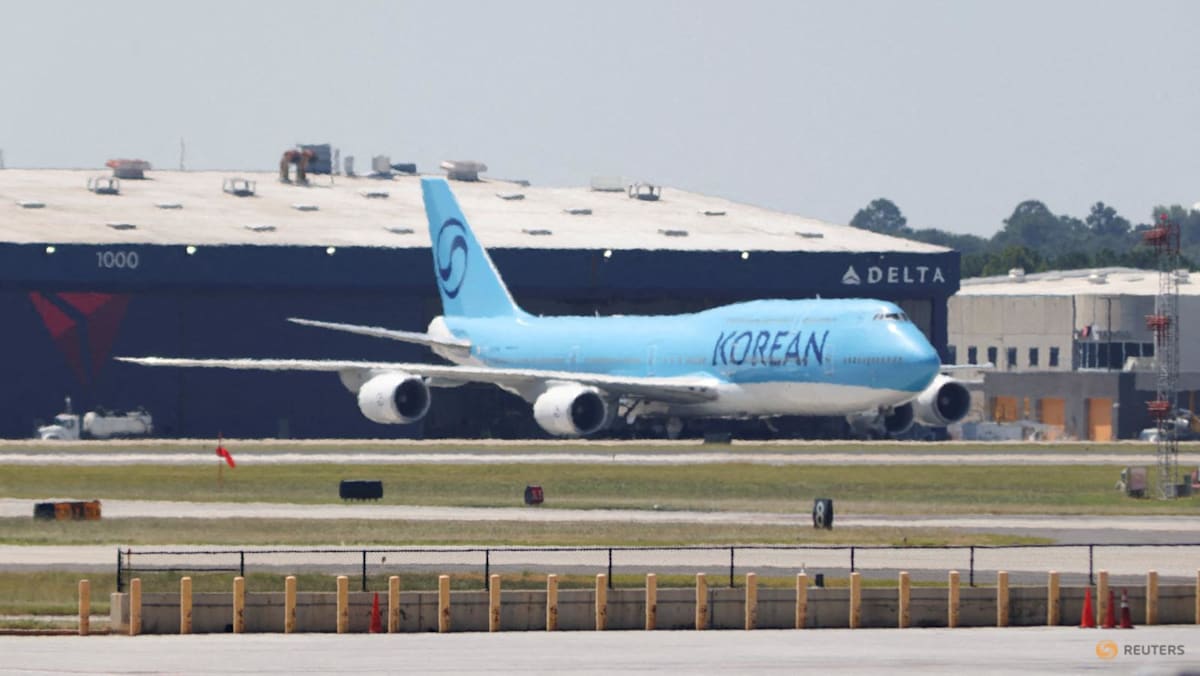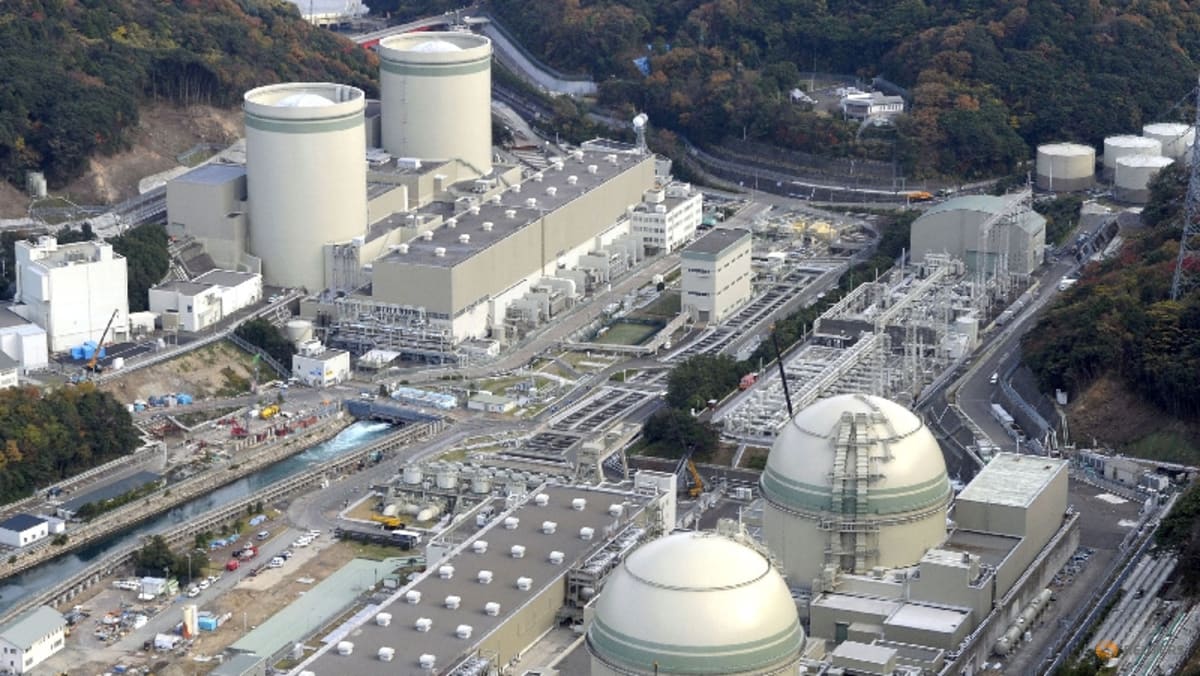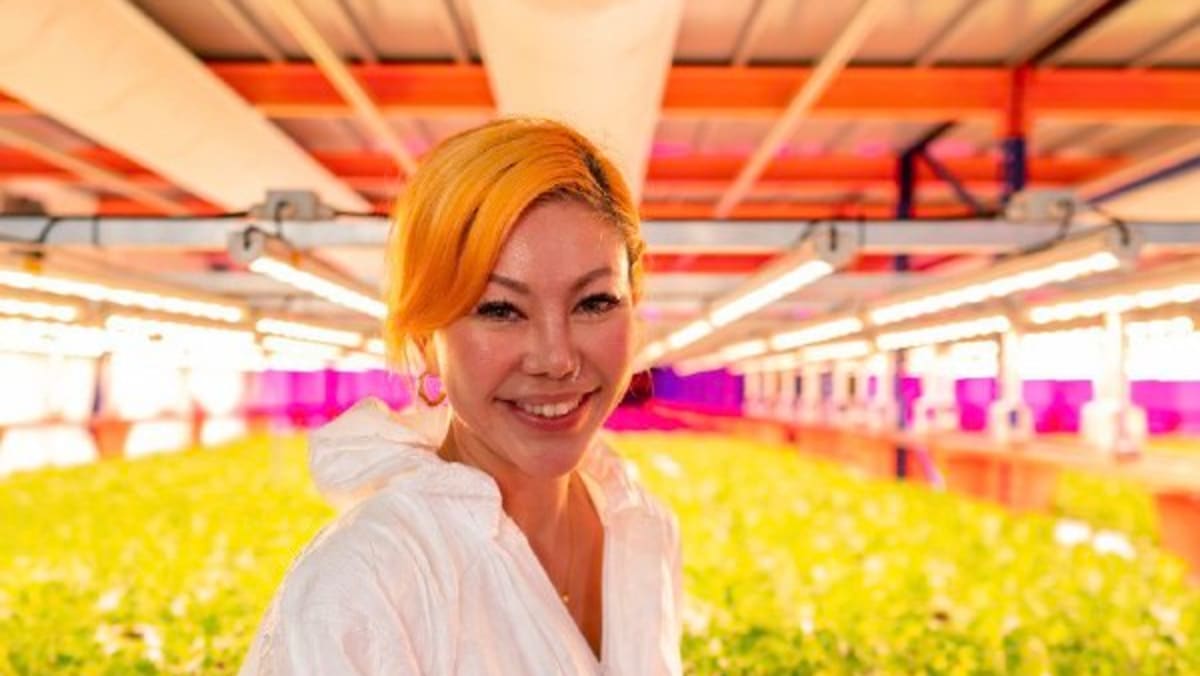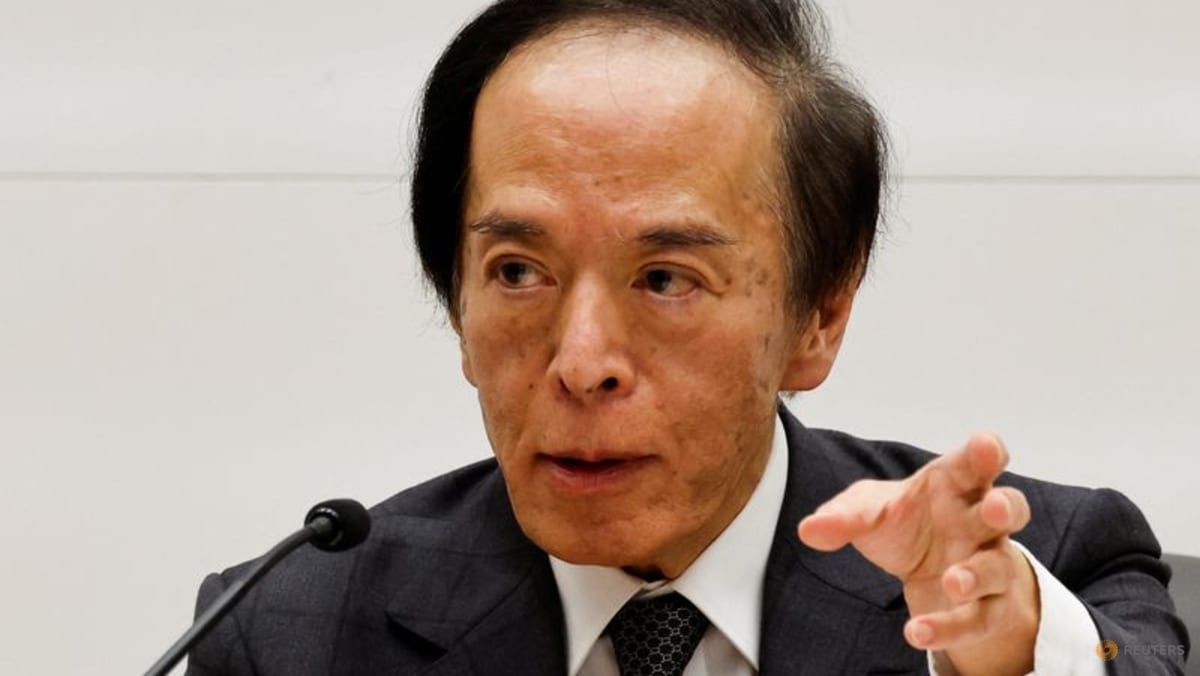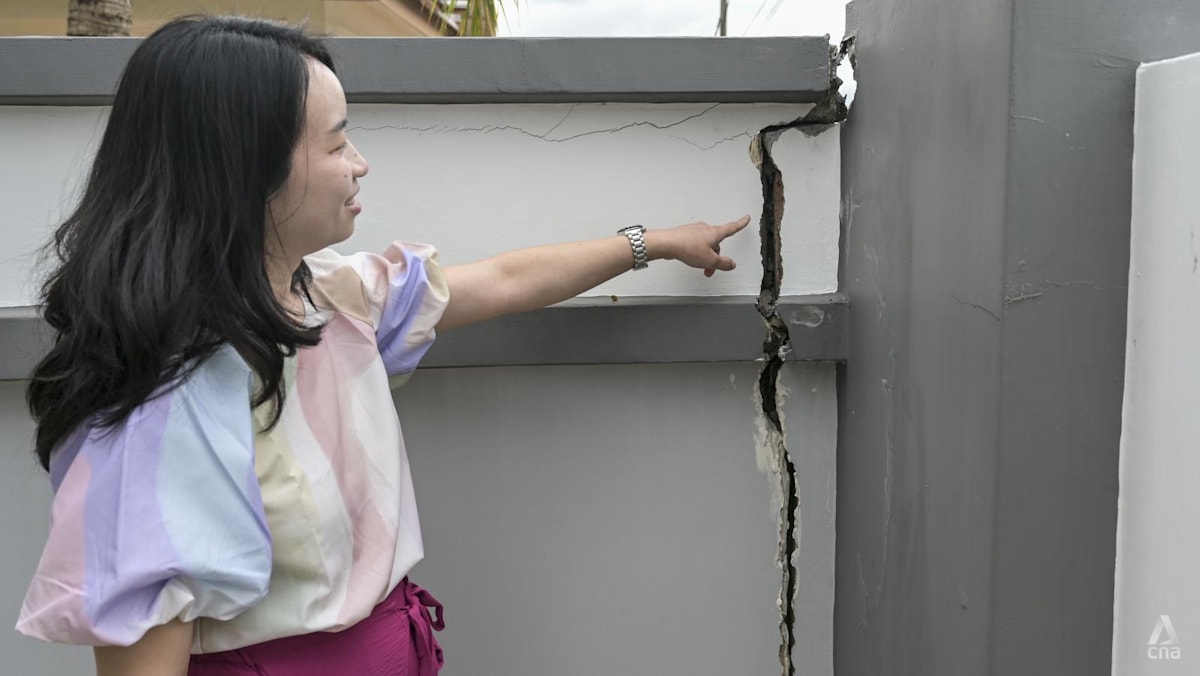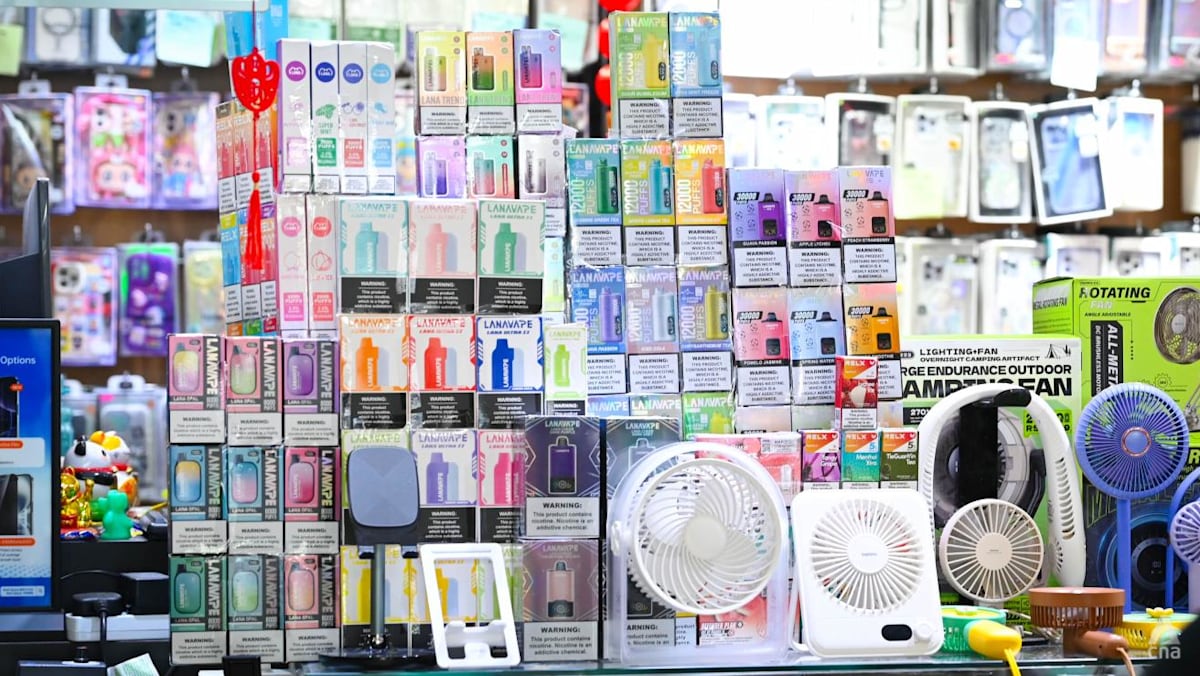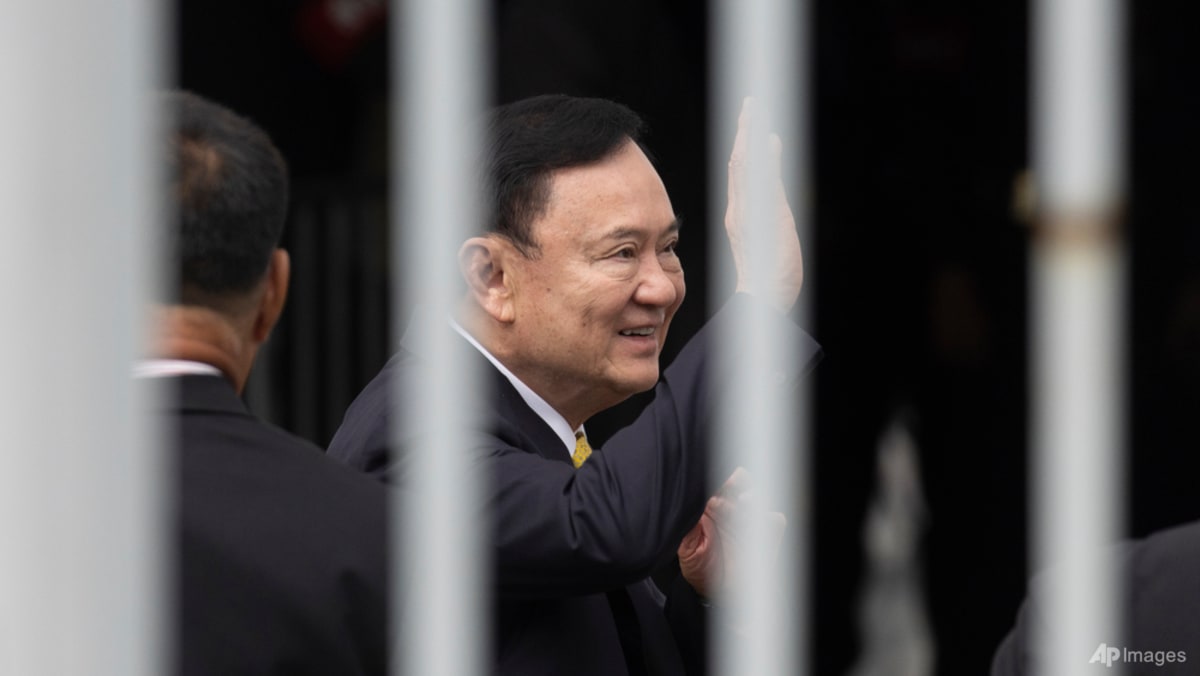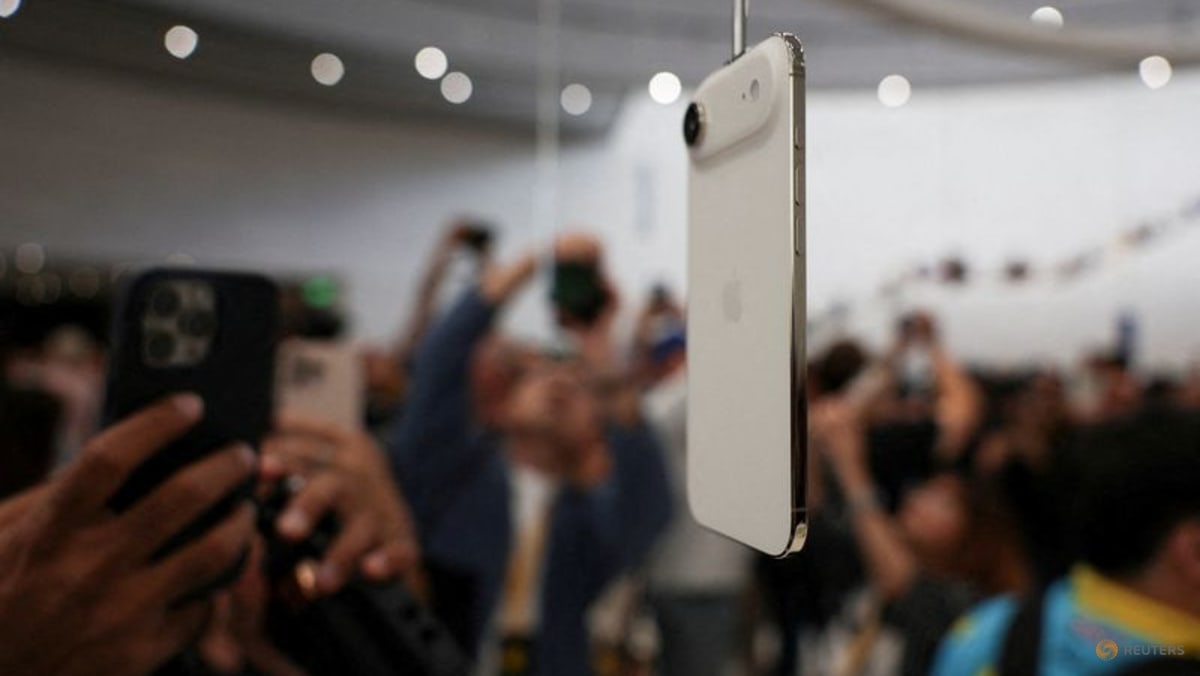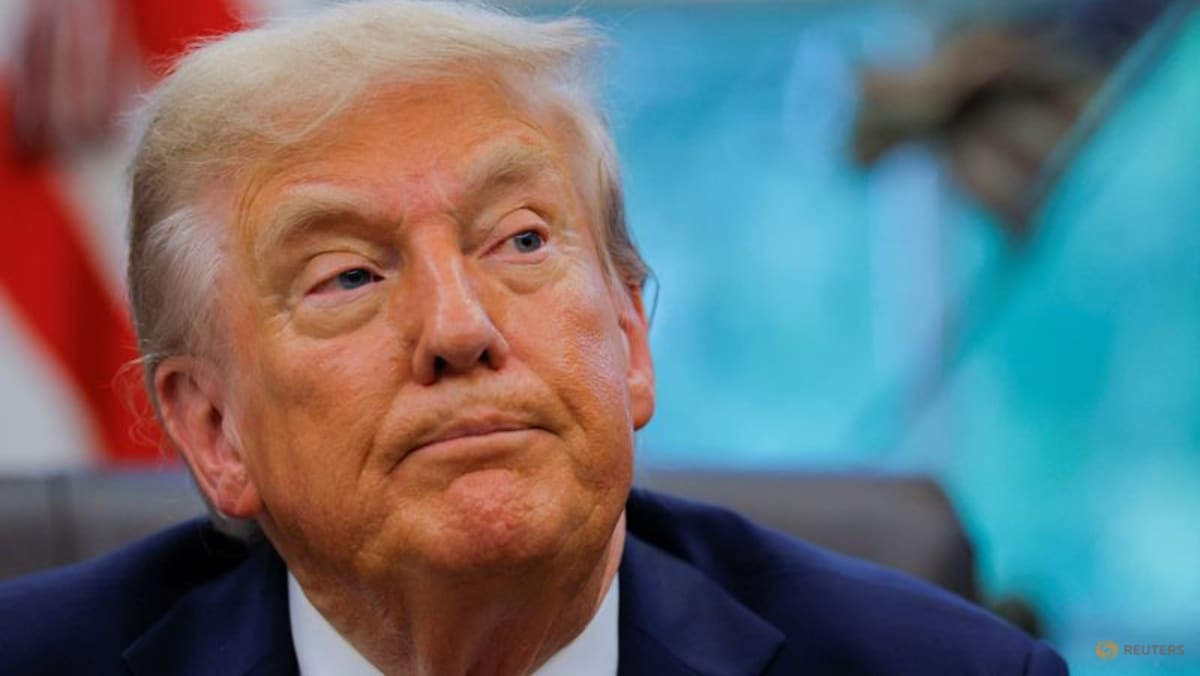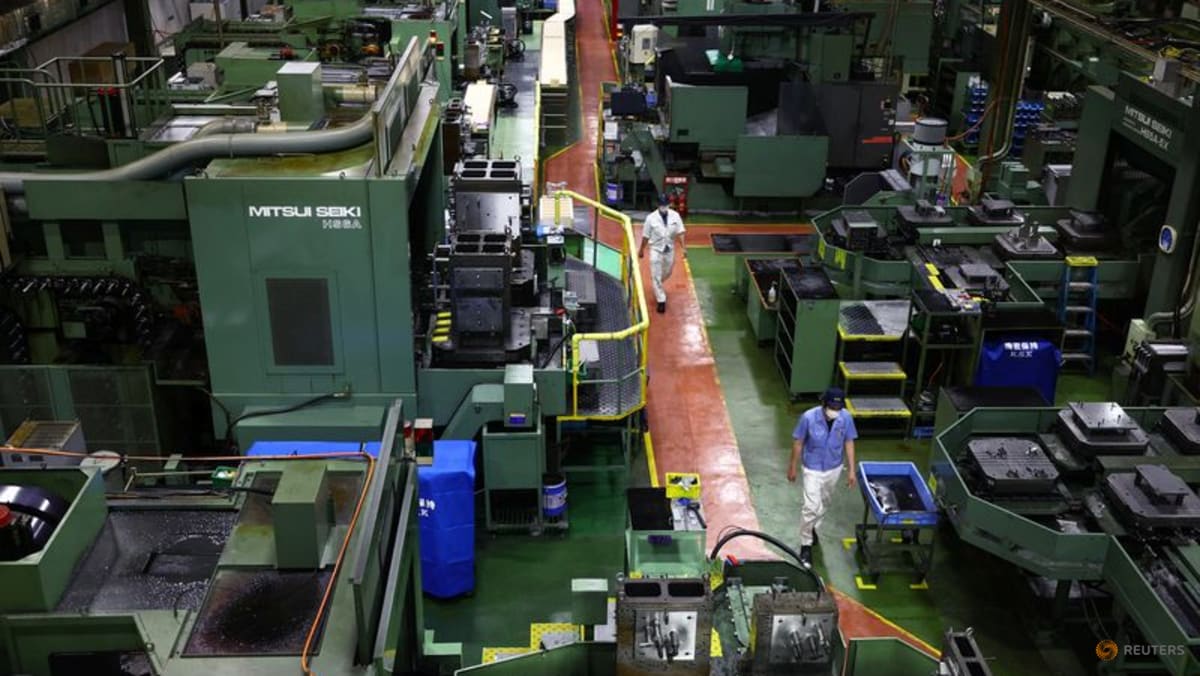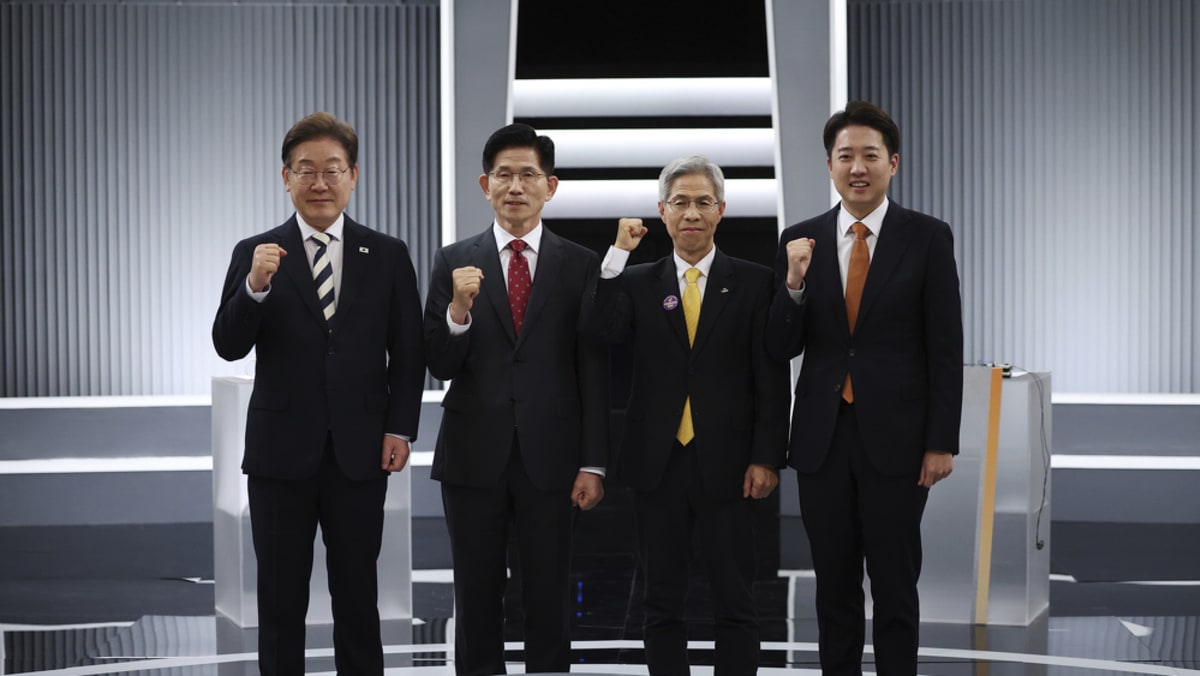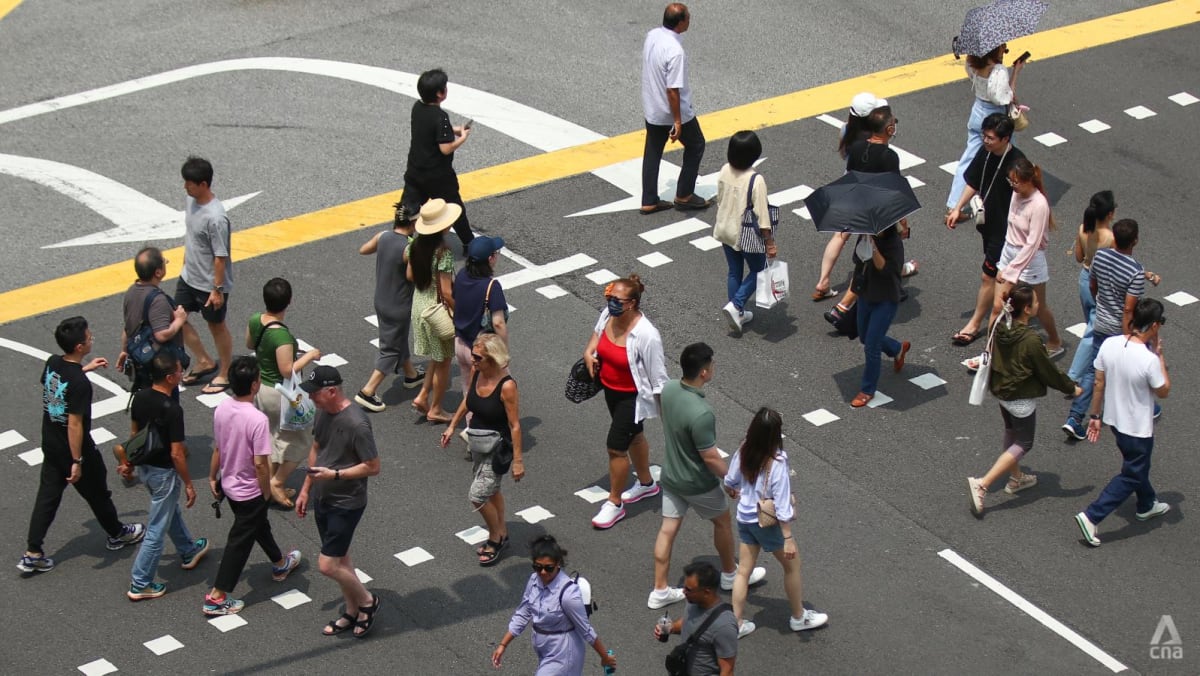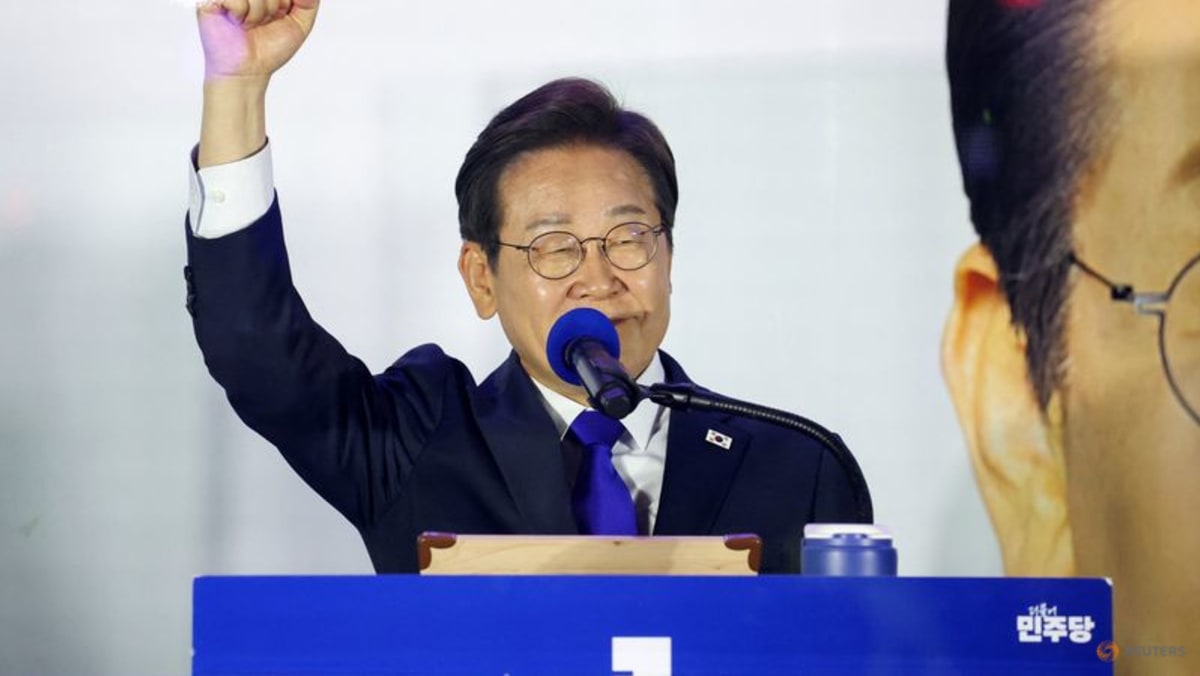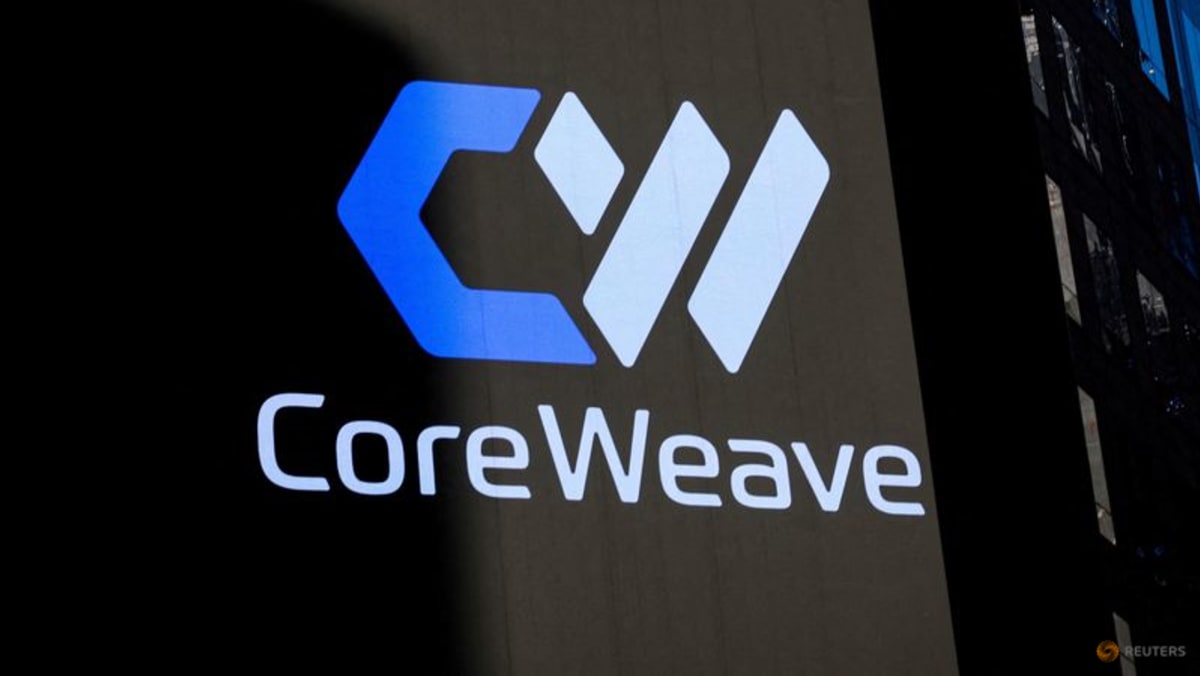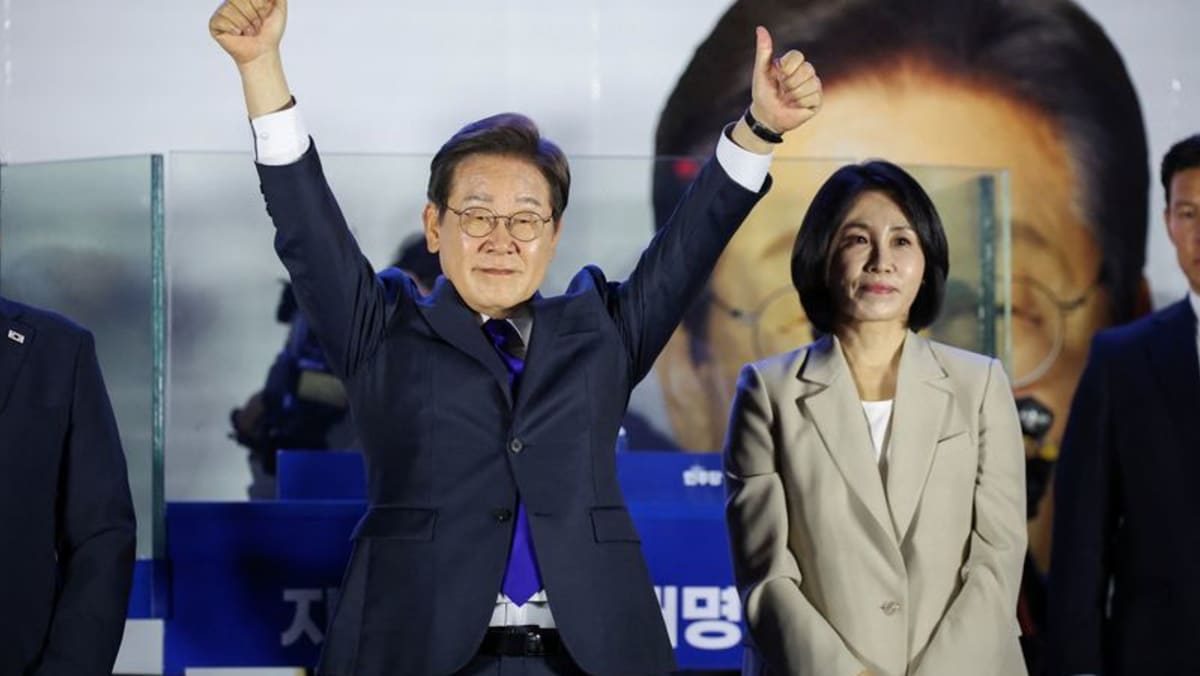HONG KONG: Entrepreneur Danny Lau’s metal fabrication business is among thousands of small- and medium-sized enterprises (SMEs) in Hong Kong that have been hit hard by the United States’ tariffs.
The American market accounts for one-third of the company’s revenue. But since US President Donald Trump announced sweeping levies on its trading partners in April, no new orders have been coming in from the firm’s US clients.
These levies include a 25 per cent tariff on all steel and aluminium imports.
Lau, who is also the honorary chairman of the Chinese special administrative region’s SME association, told CNA that survival remains shaky for its members even as a temporary trade truce materialised between the US and China.
The world’s two largest economies on May 14 kicked off a major 90-day reduction in tariffs. Chinese exports to the US are now subject to a 30 per cent additional tariff – down from 145 per cent.
For many importers, however, other tariffs come on top of this.
Lau’s aluminium products would face almost 80 per cent of levies, including a 25 per cent tax imposed in 2018 during Trump’s first presidential term.
Lau and fellow SMEs are approaching the truce with caution – many fearing that the high tariffs will be reimposed in less than three months if no agreement is reached.
Some are racing against time to export their current stockpile of products to the US even in the face of mounting losses.
“If the talks break down, a lot of manufacturers - they’ll be suffering,” Lau said.
“They can’t afford to survive because they have some finished products, holding (them), and nobody is interested to buy. And then the cash flow will be in trouble. They have to pay their suppliers but they don’t have any income so that makes it hard to survive.”
Lau’s company Kam Pin Industrial, which has been in business for more than six decades, supplies exterior wall panel products to commercial buildings in Hong Kong, China and the US. These include American firms like tech giants Google and Amazon in various US states.
Lau said he has tried to enter other markets like the Middle East, but their populations are much smaller than America’s.
“(The) US market is a big market and they can pay higher prices. They are looking for some quality products, and sometimes they need them fast, (which means) they don't mind paying higher prices,” he added.
“So, this market is difficult to be replaced as far as we are concerned.”
HAMPERING POST-COVID RECOVERY
Hong Kong has about 360,000 SMEs, most of them in the trade and wholesale industries. They employ about 1.2 million people, accounting for 43 per cent of the city’s total private sector manpower.
According to a 2024 survey conducted by the Hong Kong General Chamber of Commerce, more than three-quarters of the city’s SMEs had not yet recovered to pre-COVID pandemic levels.
The tariff war is expected to make the path to recovery even more uncertain.
Businesses in Hong Kong could soon also no longer be able to rely on mainland China as an affordable production base.
Gary Ng, a senior economist at investment banking firm Natixis, said this is due to global supply chain fragmentation.
“If (a business) wants to target the rest of the world as the alternative market, it will need to start thinking of production elsewhere beyond mainland China, given the tariff escalation which may not be limited to the US in the future,” he noted.
“If the door of the US is shut, then obviously finding other markets will be very essential.”
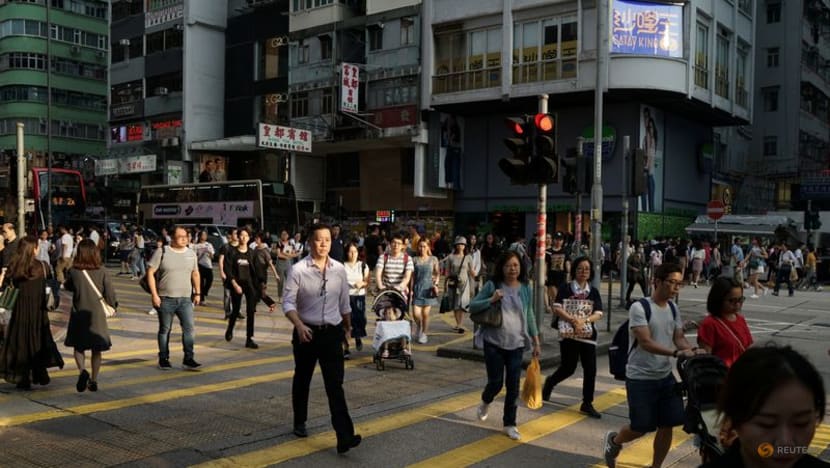 People walk along a street in Hong Kong, China Oct 17, 2019. (Photo: REUTERS/Umit Bektas)
People walk along a street in Hong Kong, China Oct 17, 2019. (Photo: REUTERS/Umit Bektas)
But while relocating production will likely take longer to materialise, Hong Kong’s SMEs are facing another pressing issue – shipping.
Lau said no shipments from China to America were made in April and early May – in the thick of the tariff war – but when the truce came into effect, everyone began “asking for space to ship to the US”.
“I don’t think (shipping companies) have sufficient ships to serve this critical moment,” he added.
“And also, the price of the shipment will be high too. The demand and supply is not even.”
He added that there is more certainty in working on US projects, as American firms usually sign a contract and detail the project timeline in advance. This allows him to organise his manufacturing production systematically.
“Some projects in Hong Kong and also in China, they're not confirmed until the last minute,” he noted.
“So we are happy with the US style and also, of course, their payment is much greater than Hong Kong and the Chinese markets.”
Lau added that his company is also constantly trying to come up with new designs by holding monthly research and development meetings.
“We try to improve and try to save costs … if you stand still, you will be eliminated by your competitors,” he said.

